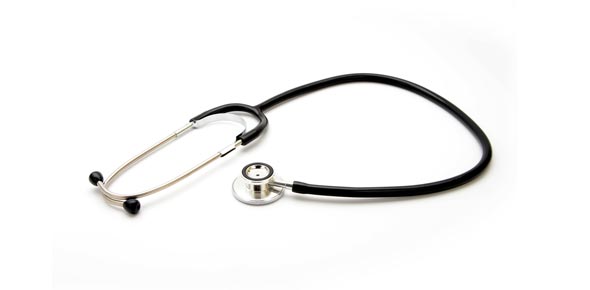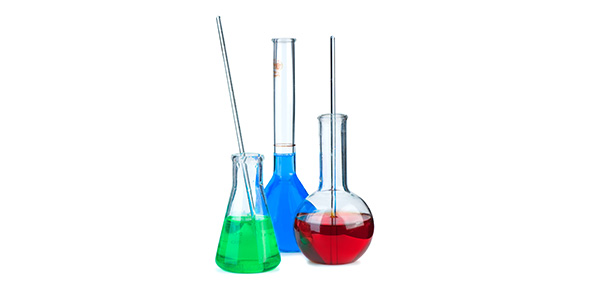Related Flashcards
Related Topics
Cards In This Set
| Front | Back |
|
Major components of the Immune system
what are the two types? |
•Humoral, associated with proteins, antibodies.
•Cellular, involves the interaction of antigens with host cells,
T lymphocytes.
|
|
What is humoral immunity
|
•This develops from the formation of specific antibodies (immunoglobulins) to specific antigens.
|
|
•Lymphoid Tissue
represents how much body weight
|
2%
|
|
Where do lymphocytes arise from
|
Lymphocytes arise from stem cells in the bone marrow
|
|
Where do the cells differentiate
|
These cells differentiate in the central lymphoid organs, B cells in the
bone marrow, T cells in the thymus.
|
|
Where do these cells migrate
|
These cells migrate from the tissues through the bloodstream to
secondary lymphoid organs, lymph nodes, spleen, tonsils, mucosa, Peyer’s patches, and appendix.
|
|
Where do B and T cells originate
|
Bone marrow
|
|
Where do B cells mature
|
Bone marrow
|
|
Where do T cells mature
|
Thymus
|
|
What happens to B cells or B lymphocytes when they are activated
|
They differentiate into plasma cells that produce antibodies
|
|
T Lymphocytes or T Cells
How many main classes |
2 main classes
|
|
What does the first class do
|
One class which differentiates on activation into cytotoxic T cells, which kill cells infected with
viruses
|
|
What does the second class do
|
The second class of T cells differentiates into cells that
activate other cells such as B cells and macrophages.
|
|
What are naive lymphocytes
|
Small T and B lymphocytes that have matured in the thymus and
bone marrow that have not encountered antigens are called, naive
lymphocytes.
|
|
What do they do?
|
These cells circulate from the blood into the peripheral lymphoid tissues.They are returned to the blood via lymphatic vessels. In the event of an infection the lymphocytes
that recognize the infectious agent are arrested in the lymphoid tissue where
they proliferate and differentiate into effector cells, capable of combating infection.
|







